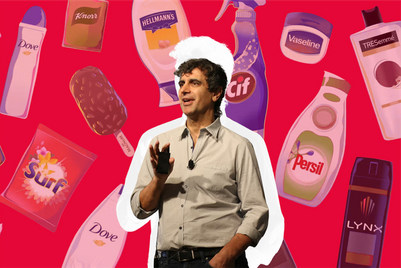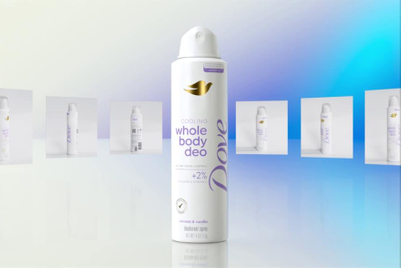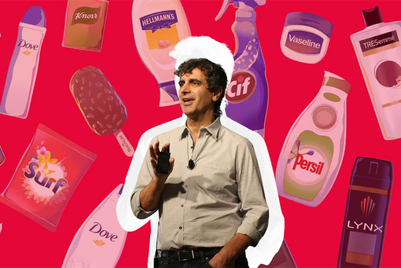
Singh and Wright highlighted creative examples from around the world where brands and their agencies have used social missions and causes authentically, integrating them into the primary business.
For Wright the really big game is for brands with big assets to get behind genuine social change that can involve millions of people.
Singh talked about Lifebuoy’s cause marketing success pointing out that it was the first brand that was not named after its founder but after a social mission to save lives. William Lever invented a wash-up chart to track how kids were washing their hands. That technique is relevant even today.
|
Every day 6,000 children under the age of five die of infections related to diarrhea, pneumonia and malaria. A simple thing like hand washing can prevent most of those deaths, Singh said.
Tenet 1: Social missions should be driven by the core purpose of your brand. It’s not a guilt trip or about corporations atoning for profits.
Staying with Lifebuoy, Singh showcased the example of a campaign done last year by Hindustan Unilever in India. ‘The help a child reach five’ campaign shows Gondappa, a man in rural India, celebrating Muthu’s fifth birthday, his first child to reach the milestone. Not surprisingly, the campaign went viral quickly and received thousands of pledges.
Singh said he dislikes the term corporate social responsibility (CSR) because he believes it implies some sort of public relations strategy. “All of those are wrong missions for doing something,” he said.
Tenet 2: Mission statements are not good enough; show people how they can make a difference by actively being a part of your social mission.
Wright highlighted the example of Help Remedies, a small healthcare company that tied up with DKMS, the world’s largest bone marrow centre, to launch ‘Help: I want to save a life’, a TED conference favourite.
Every pack of bandage contained a cotton swab with a pre-packaged envelope to be mailed to the lab. Once people sent in the cotton swab they simply had to fill in a form online and were added to the national bone marrow registry. In a few short months, bandage sales went up 1,900 per cent. More importantly, marrow registrations tripled.
Tenet 3: The best social missions are integrated into the business model. They are not considered overhead. Only then are they worth their time and only then do they become sustainable.
Singh picked out the unusual example of chef Jamie Oliver, who has integrated his social mission to get people to eat healthy into his brand and personality. He integrated his social mission into all his best-selling recipe books—also making him the world’s richest chef.
Tenet 4: You can’t do it alone. What partners will help you to achieve your mission and what makes you attractive to them?
Wright and Singh discussed the example of ‘The Bullying Simulator’, an application launched in Sweden to protect teenagers from bullying. Friends, an NGO, started working with schools, pre-schools and sports association to change this. Bullying is prevalent online, but adults are relatively unaware of the issue. The application allows one to experience what it really feels like to be a victim of cyber-bullying.
Tenet 5: Don’t be ashamed of your brand or your company. It’s what pays for the social mission in the first place.
Singh picked another Lifebuoy campaign done during this year’s Maha Kumbh Mela, a large religious gathering in India. The objective of the campaign was to raise awareness and reduce the incidence of diarrhoea in the country by stamping ‘rotis’ or Indian bread, with the message “Have you washed your hands with Lifebuoy?”
Here, Singh argued that consumers don’t buy categories, they buy brands.
Tenet 6: Measure through output not input. No one cares how many views your videos got.
Wright selected a campaign by Lowe done by the Columbian Ministry of Defence to demobilize and convince guerrilla fighters to surrender. It decorated nine trees in the jungles with a message: "If Christmas can come to the jungle, you can come home. Demobilize."
It is said that 331 guerrilla fighters were motivated to surrender by this initiative. This was a campaign that had an impact on Columbian society, Wright pointed out.
Singh concluded the session by saying that brands need not have a social mission, but every brand should have a purpose. “If you ever decide to have a social mission, make sure it is integrated into your product, makes commercial sense and drives the core attributes of what your brand is,” he concluded.



.jpg&h=334&w=500&q=100&v=20250320&c=1)


.png&h=334&w=500&q=100&v=20250320&c=1)





.png&h=334&w=500&q=100&v=20250320&c=1)



.jpg&h=268&w=401&q=100&v=20250320&c=1)



